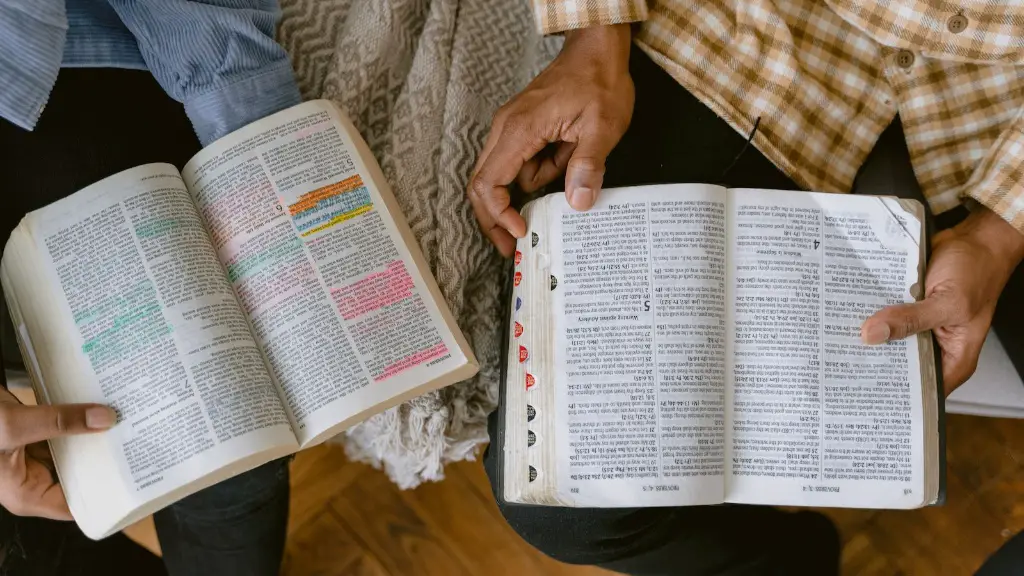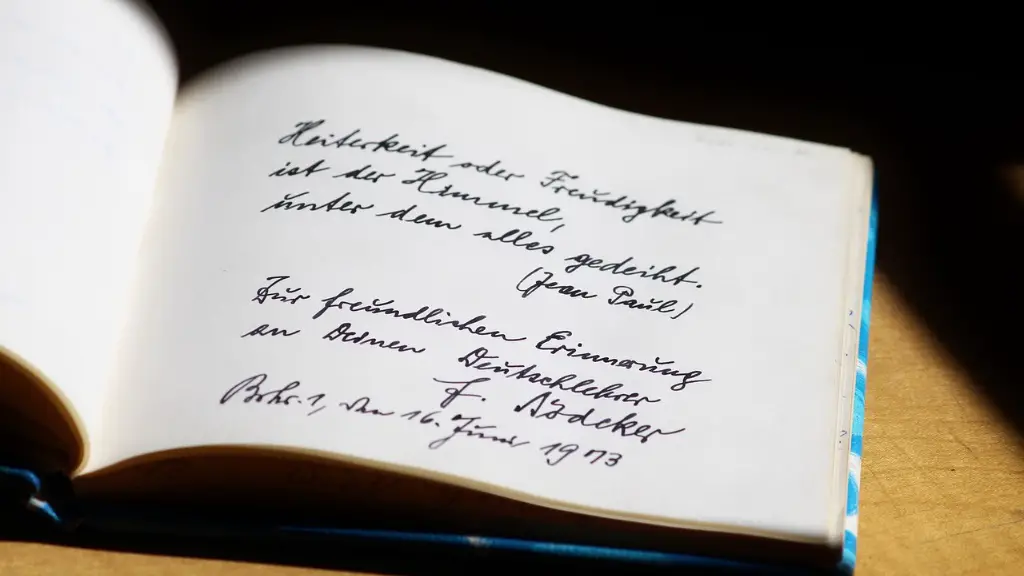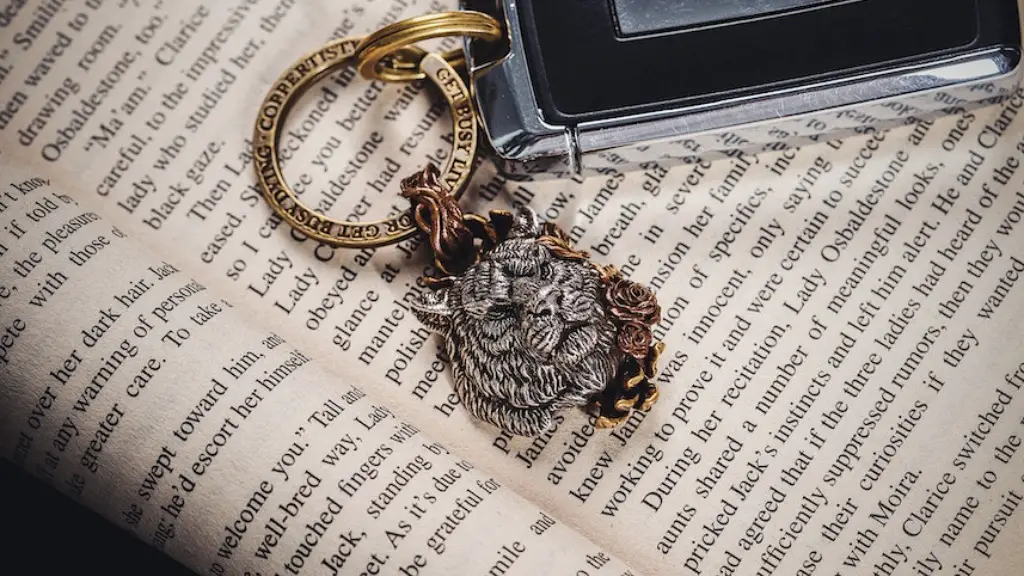Definition Of A Symbol
A symbol is an object or image used to represent a larger concept in poetry. A symbol is an expression or representation of what the poet wants to express in the poem. In literature, symbols are used to represent an idea that cannot be easily expressed in words. Symbols communicate ideas that cannot be explained explicitly. They are often mysterious and elusive, suggesting multiple meanings and connections between the words in a poem and the larger world around them. Symbols are often used to evoke emotion, evoke vivid imagery, or to provide layered meaning to a poem.
Types Of Symbols In Poetry
In literature, there are two main types of symbols: concrete symbols, which are literal objects or figures, and abstract symbols, which represent an idea or concept. Concrete symbols are the simplest type of symbol and are the easiest to identify within a poem. Examples of concrete symbols include animals, objects, and places. These symbols give a poem a vivid and concrete image, which can help the reader to connect with the poem on a deeper level.
Abstract symbols are more abstract and are often used to represent complex ideas or emotions. Examples of abstract symbols include light, color, and words. These symbols can be interpreted differently by each reader, and can lead to various interpretations and meanings. They can bring a sense of mystery to a poem, leaving the reader to interpret their meaning.
Symbolism In Poetry
Symbolism in literature is a way of conveying a message without having to explicitly explain it. Symbols are often used to evoke feelings, create atmosphere, or provide additional insight into the poem and its message. Symbols can also provide a deeper meaning to the poem, hinting at more than one interpretation, and allowing for more than one meaning. Symbols can also help to bring attention to the poem by creating interest and activating the reader’s imagination.
There are many types of symbolism in poetry. Some of the most common forms of symbolism in literature are metaphor, allegory, and personification. Metaphors are a comparison of one thing to another, in which one object stands for another object. Allegory is a narrative in which the characters and events have an abstract or moral meaning. Personification is the attribution of human characteristics or behavior to an object, event, or idea.
The Role Of Symbols In Poetry
Symbols and symbolism play a key role in poetry. They act as a powerful tool for the poet to express their thoughts, feelings, and ideas. By using symbols, poets can communicate their message without explicitly saying it, allowing them to create an atmosphere or mood in the poem. Symbols are also an effective way of describing characters or objects in the poem. Symbols can be used to help the reader understand the poem’s meaning by creating visual images, which can engage the reader’s imagination.
Symbolism In Nature Poetry
Symbols are often used in nature poetry to describe the beauty of the natural world. Nature poets use symbols to bring to life vivid images of the outdoors in the form of symbols. Examples of symbols in nature poetry include mountains, rivers, trees, and flowers. These symbols help the poet to evoke the emotions of awe and wonder associated with the outdoors.
Nature symbols can also be used to represent abstract concepts, such as life, death, and beauty. For example, a poet may use a tree as a symbol of life, or a flower as a symbol of beauty. Nature symbols can also be used to convey deeper meanings, such as the cycle of life, mortality, or the power of nature.
Symbols In Ancient Poems
Symbols have been used in ancient poetry to convey deeper meanings and emotions. Ancient Greek and Roman poetry was often filled with symbols and metaphors, in order to bring their poems to life. For example, in Homer’s epic poem The Odyssey, the sea is a symbol for the uncertainty and unpredictability of fate. In Virgil’s Aeneid, the image of a white dove is used to symbolize the spirit of peace. Symbols in ancient poems were used to evoke an emotion or to convey a deeper message.
Symbolism In Modern Poetry
Symbols are still used in modern poetry to communicate ideas and evoke emotions. Modern poets often use symbols to represent a larger concept or idea. For example, in T.S. Eliot’s “The Wasteland”, images of the fog, the river, and the city are used to represent the darkness and suffering of humanity. In Wilfred Owen’s “Dulce et Decorum Est”, images of burning eyes and gas masks are used to convey the horror of war.
Symbols are also used to evoke emotion and create atmosphere in modern poetry. For example, in Robert Frost’s “The Road Not Taken”, the symbol of the road is used to represent the choices we make in life and the importance of making the right choices. In Emily Dickinson’s “Hope Is The Thing With Feathers”, the symbol of a bird is used to represent hope and the power of optimism.
Symbolism In Postmodern Poetry
Postmodern poetry has taken a different approach to symbolism, using symbols to rebel against traditional literary conventions. Postmodern poets often use symbols to challenge conventions and to express new ideas and concepts. For example, in Ezra Pound’s “A Station of the Metro”, the image of a metro station is used to represent the combination of past and present, and the ever-changing nature of life. In John Ashbery’s “Farm Implements and Rutabagas”, the symbol of a rutabaga is used to express the idea that life is full of surprise and unexpected revelations.
Symbolism In Pop Culture
Symbols are often used in pop culture to express ideas and to evoke emotions. Popular symbols in pop culture are often used to communicate a message to a wide range of people, regardless of their background or culture. For example, in the song “Imagine” by John Lennon, the symbol of an olive branch is used to convey the message of peace and hope. In the movie Frozen, the image of the snowman Olaf is used to symbolize the power of friendship and family. Symbols in pop culture are often used to convey a simple idea in a powerful way.
Symbolism In Visual Arts
Symbols have a long history in the visual arts, particularly in painting, sculpture, and photography. Symbolism in the visual arts is used to express ideas and emotions in a visual way. For example, in classical Western painting, the colors blue and white are often used to represent heaven, while the colors red and black are often used to represent death. In religious art, symbols such as the cross, the star, and the fish are often used to symbolize faith and spiritual beliefs.
Symbols As A Literary Device
Symbols are a powerful and effective literary device used by authors and poets to convey ideas, evoke emotions, and provide a deeper level of meaning. Symbols can help bring a poem to life, allowing the reader to engage with the poem on an emotional and intellectual level. They can be used to communicate ideas and to create atmosphere, and can provide insight into the poet’s thoughts and feelings. Symbols can provide a powerful and effective way to communicate a message without having to explain it explicitly.


